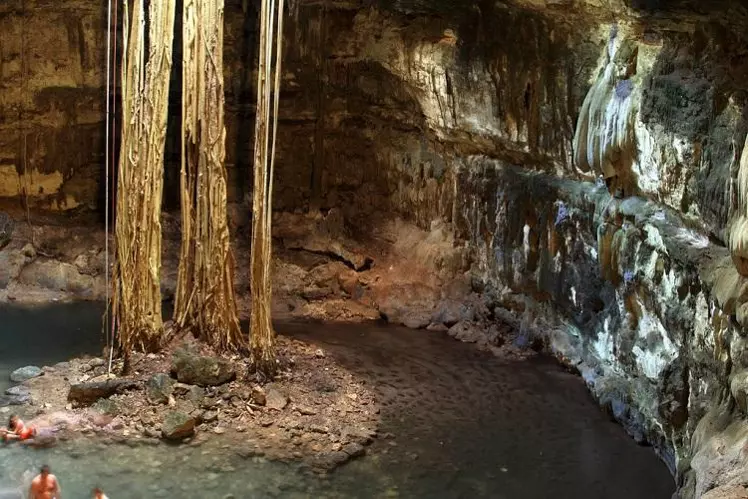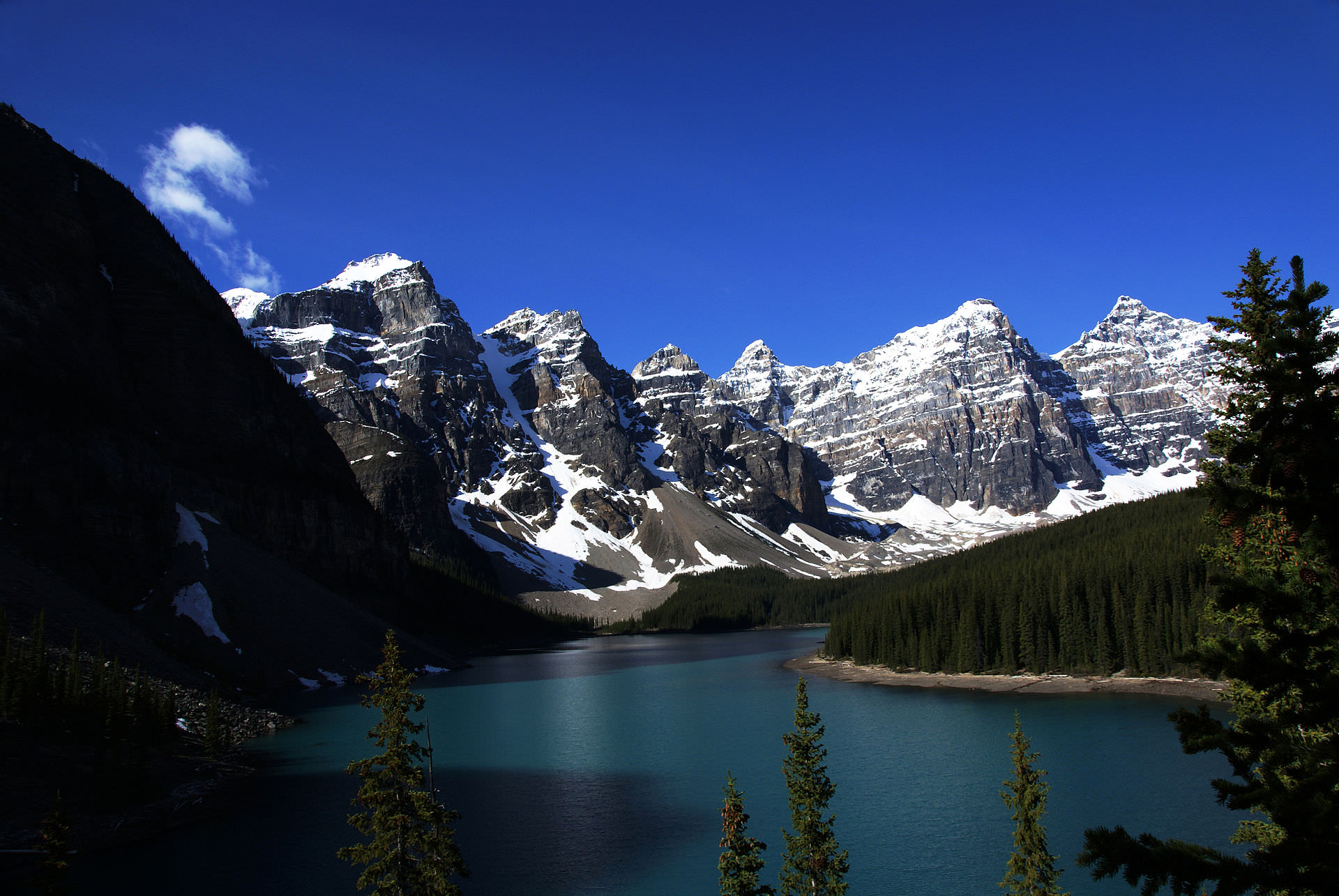In this era of Photoshop and special effects, it’s easy to forget how beautiful our planet really is. Here are ten magical natural sights from around the world that you should definitely make time to discover!
20) The Black Forest, Germany
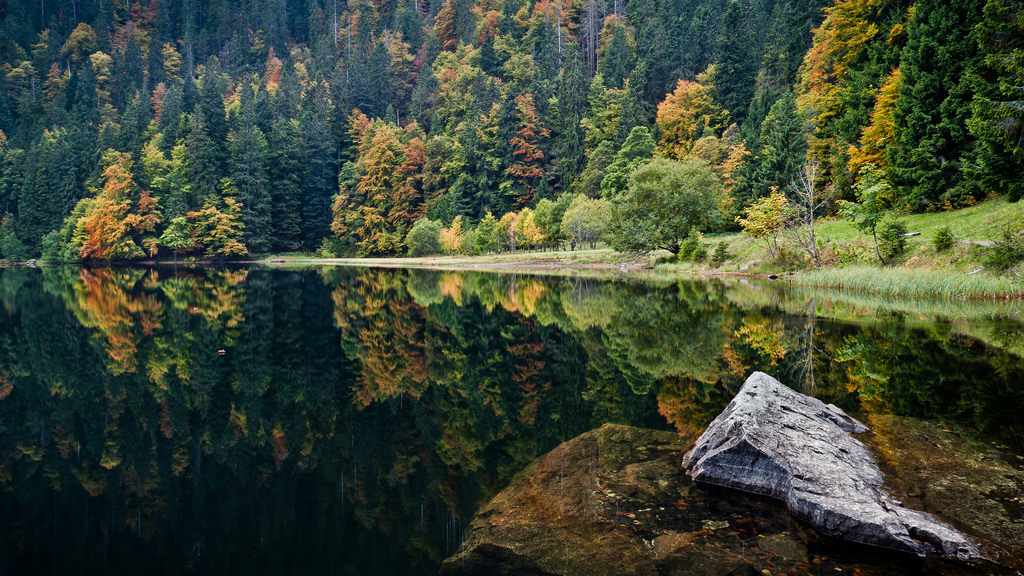
The landscape that inspired some of the Brothers Grimm Fairy Tales, the Black Forest in southwest Germany is 99 miles in length and 37 miles wide. Named for it’s density, the forest is a popular tourism spot due to the picturesque villages and stunning hiking routes embedded within.
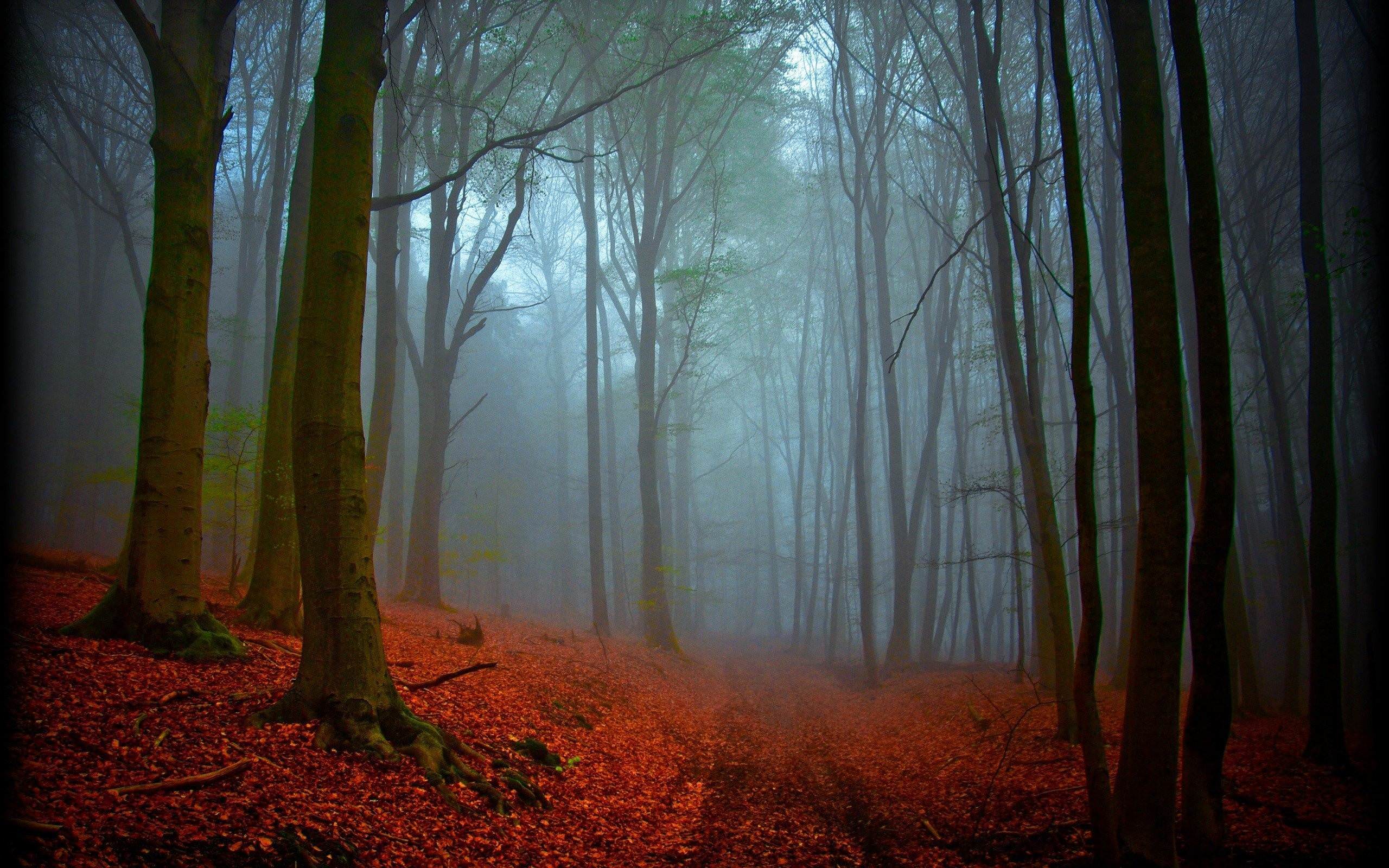
19) Zhangye Danxia Landform, China
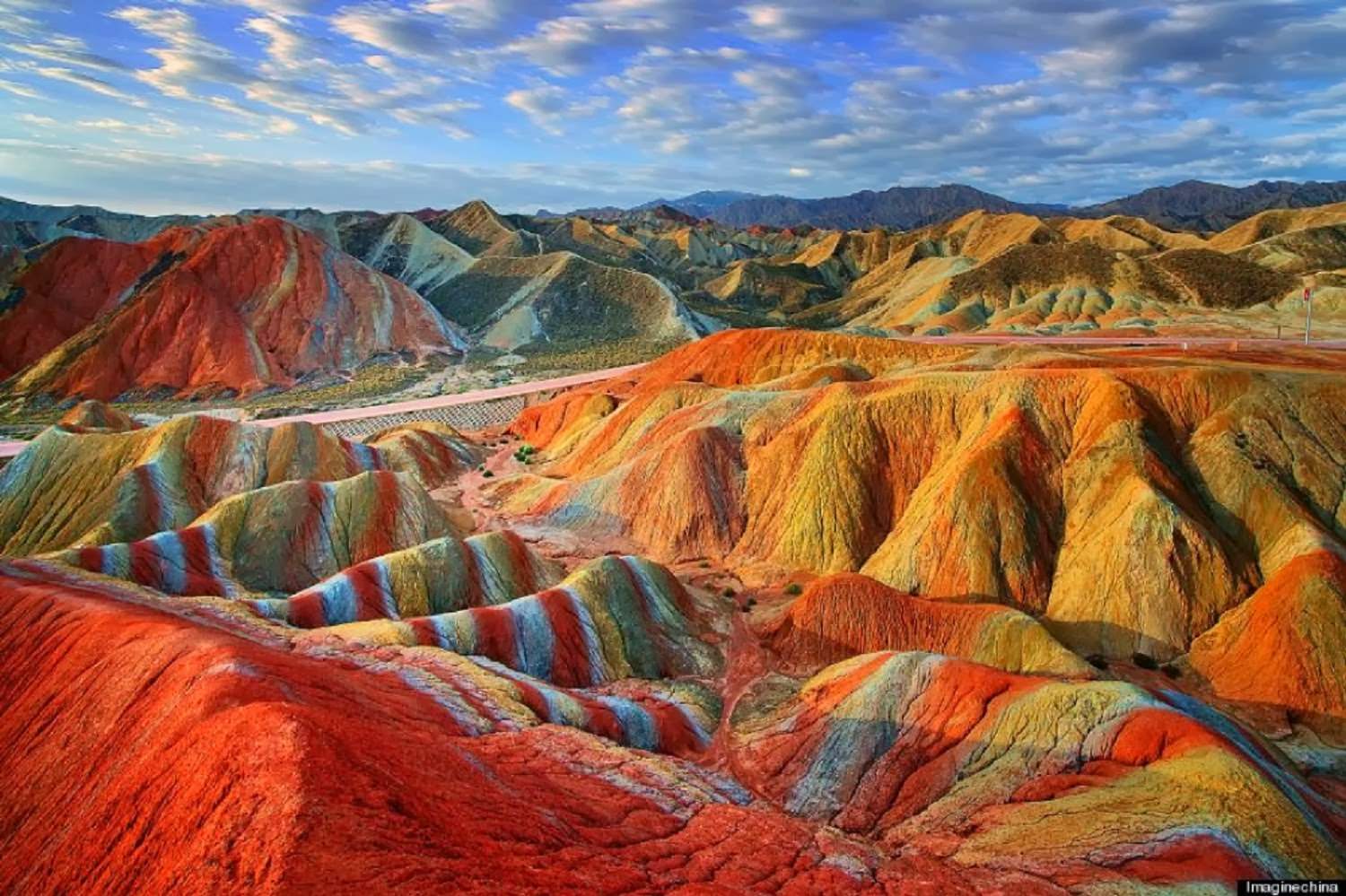
The unusual colours of the rocks at the Zhangye Danxia Landform Geological Park in the Gansu Province of China are due to red sandstone and mineral deposits being laid down over 24 million years.
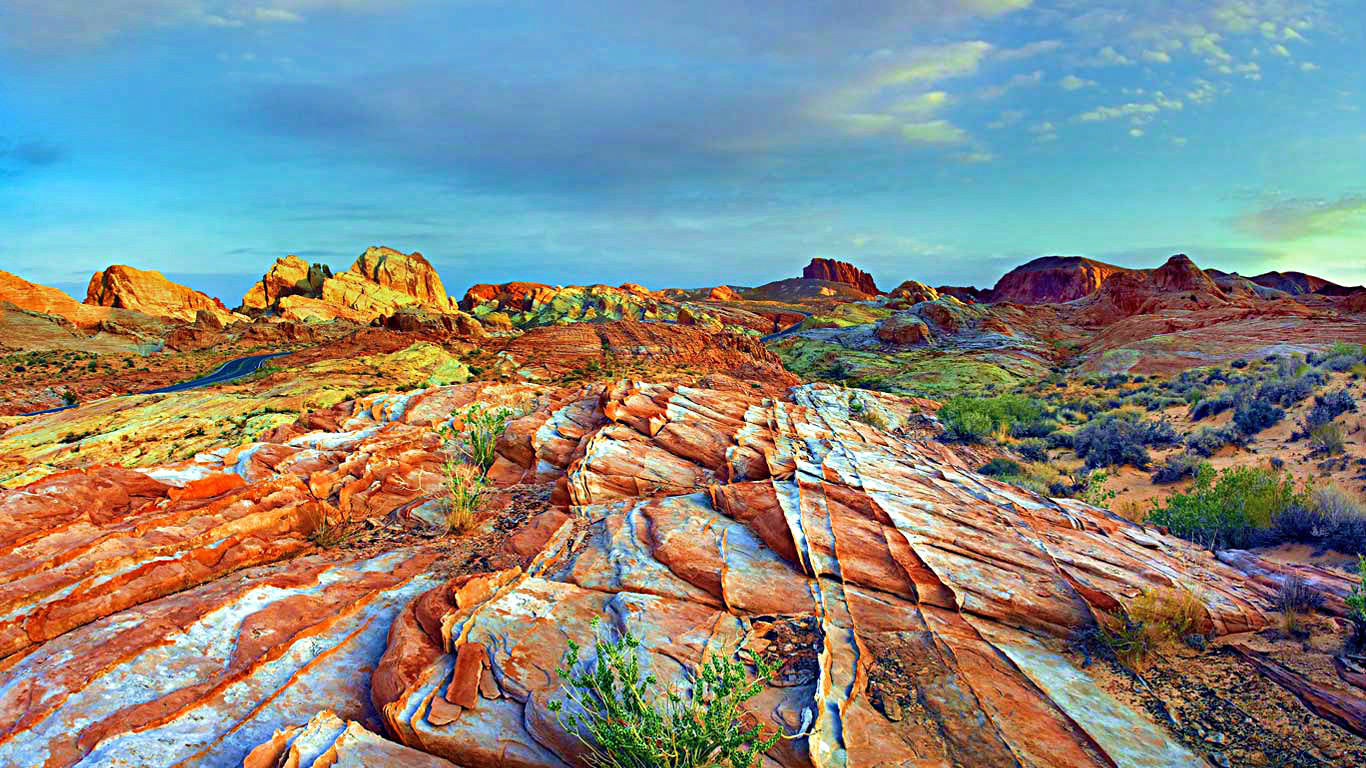
18) Naica Mine, Mexico
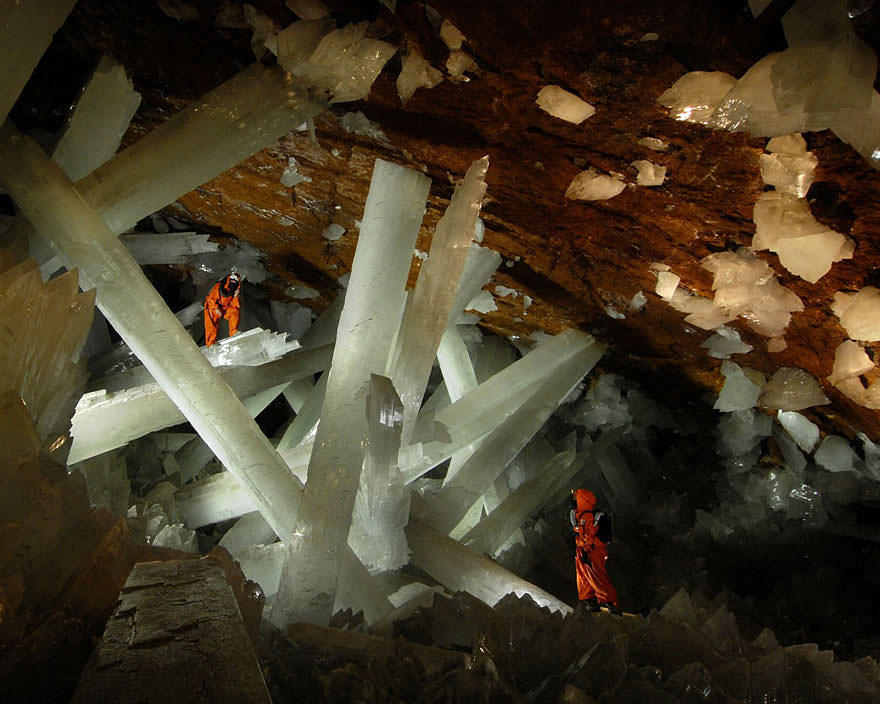
Also known as ‘the cave of crystals’, Naica is a working mine operated by Mexico’s largest lead producer Industrias Peñoles. Despite intervention by humans, these huge gypsum crystals are still in tact and are as large as 4 feet in diameter and 50 feet long.
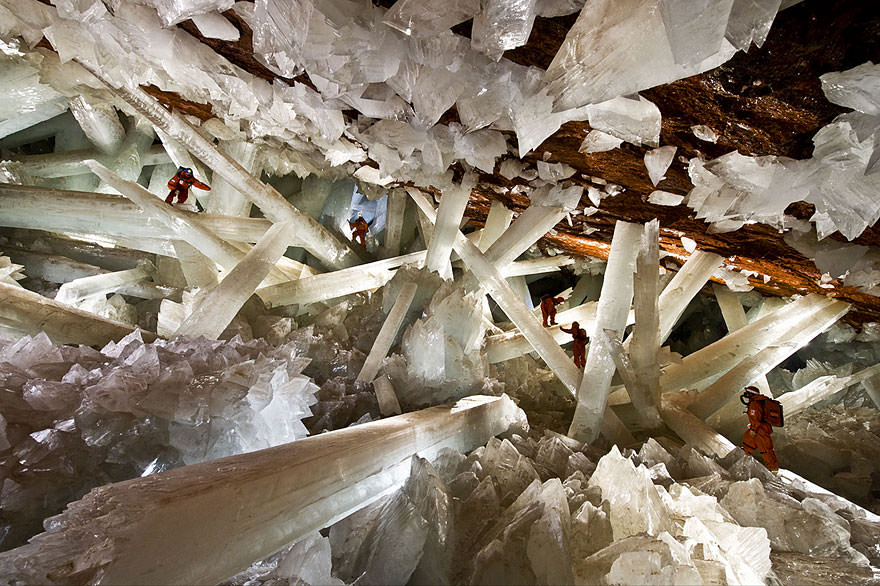
17) Mendenhall Ice Caves, Alaska
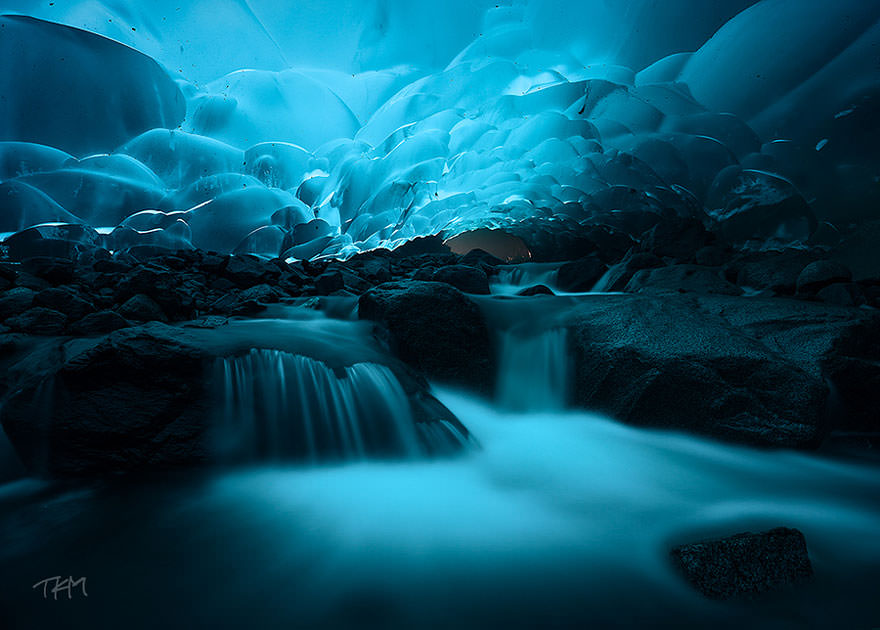
These beautiful caves are only temporary, as their entire existence depends on the fact that a glacier is melting. Incredibly, as the glacier recedes they are giving way to ancient trees and forests that have been frozen for the last 1000 years or so. You can explore these caves, if you have an experienced guide and you’re willing to climb a glacier.
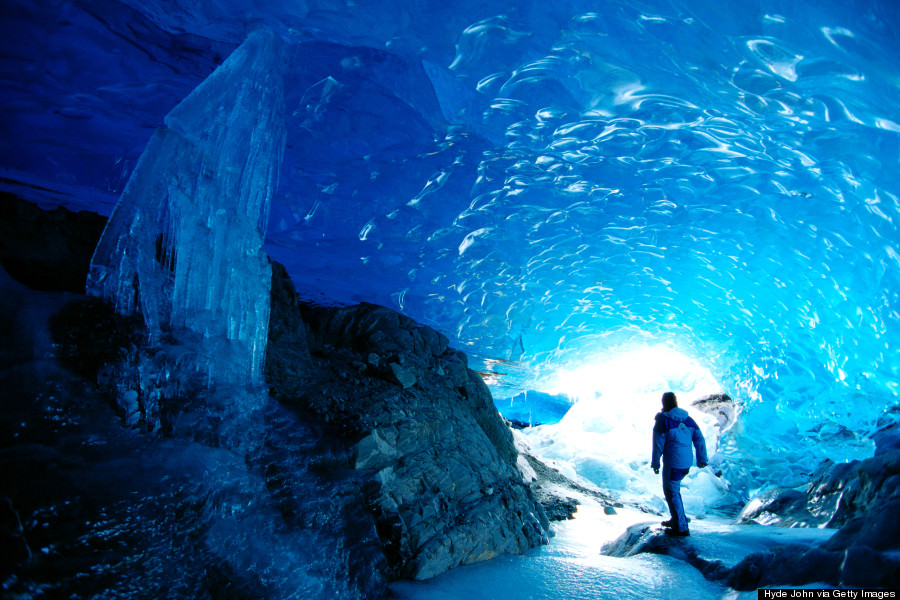
16) The Great Blue Hole, Belize
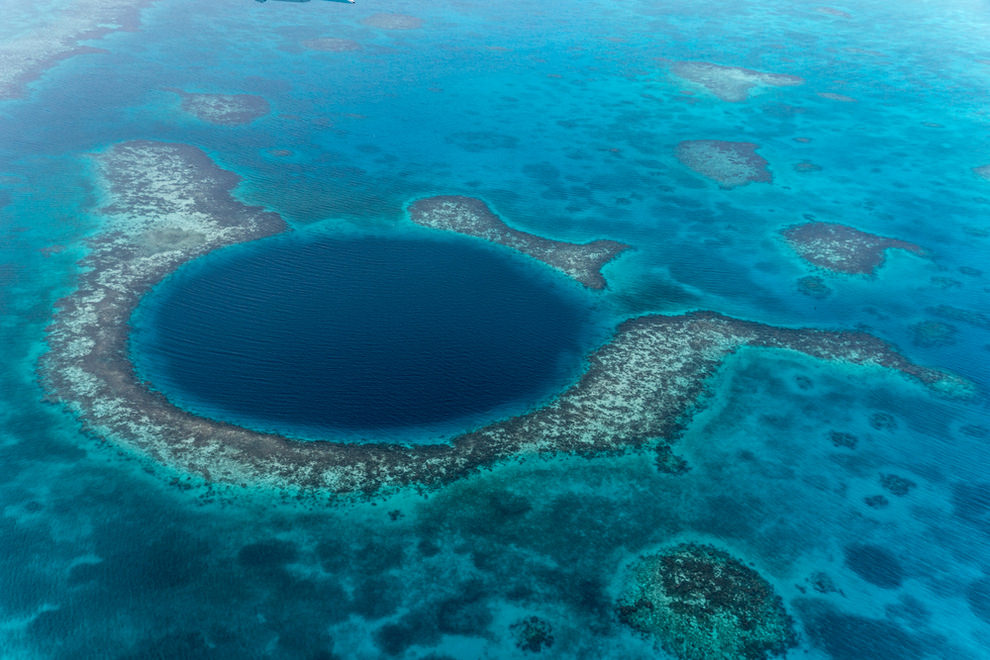
Found off the coast of Belize, this sinkhole is more than 400 metres deep and is one of the top scuba diving sites in the world.
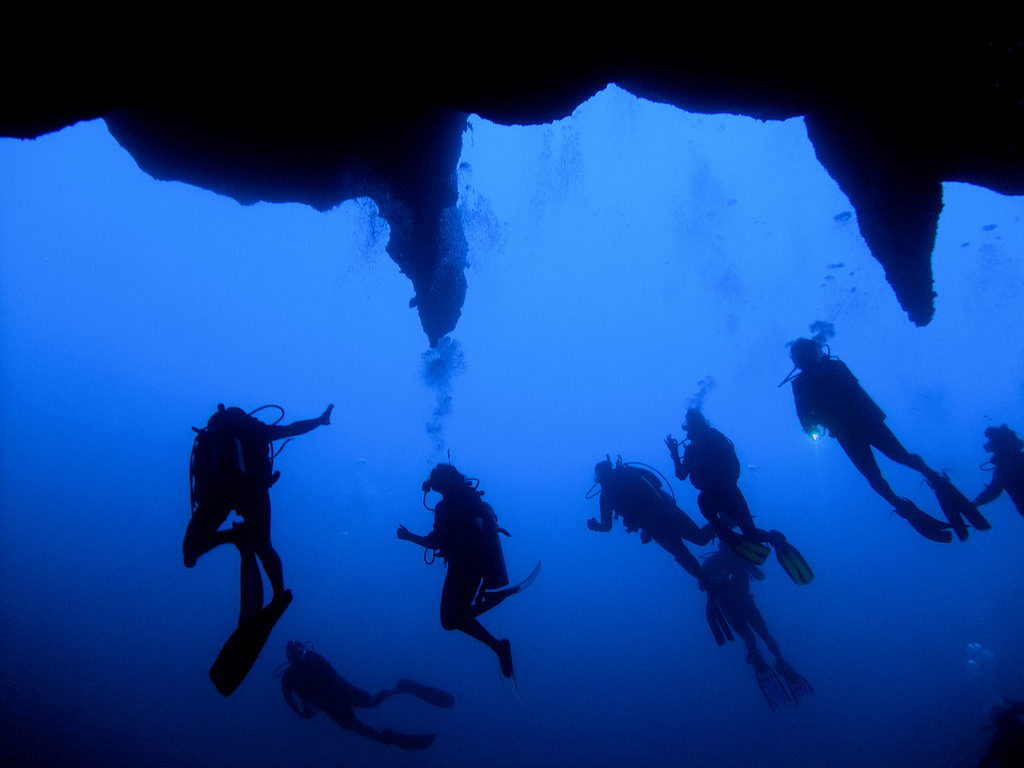
15) Sea of Stars, Vaadhoo Island in the Maldives
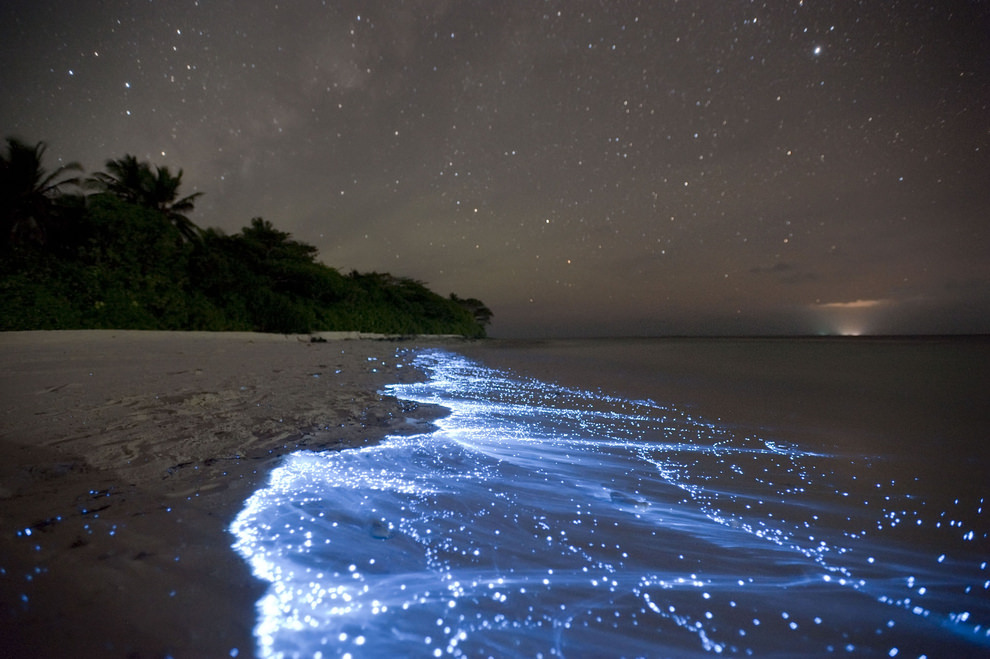
Caused by phytoplankton, a form of marine microbe, this bioluminescence is liking looking into a reflection of the night sky.
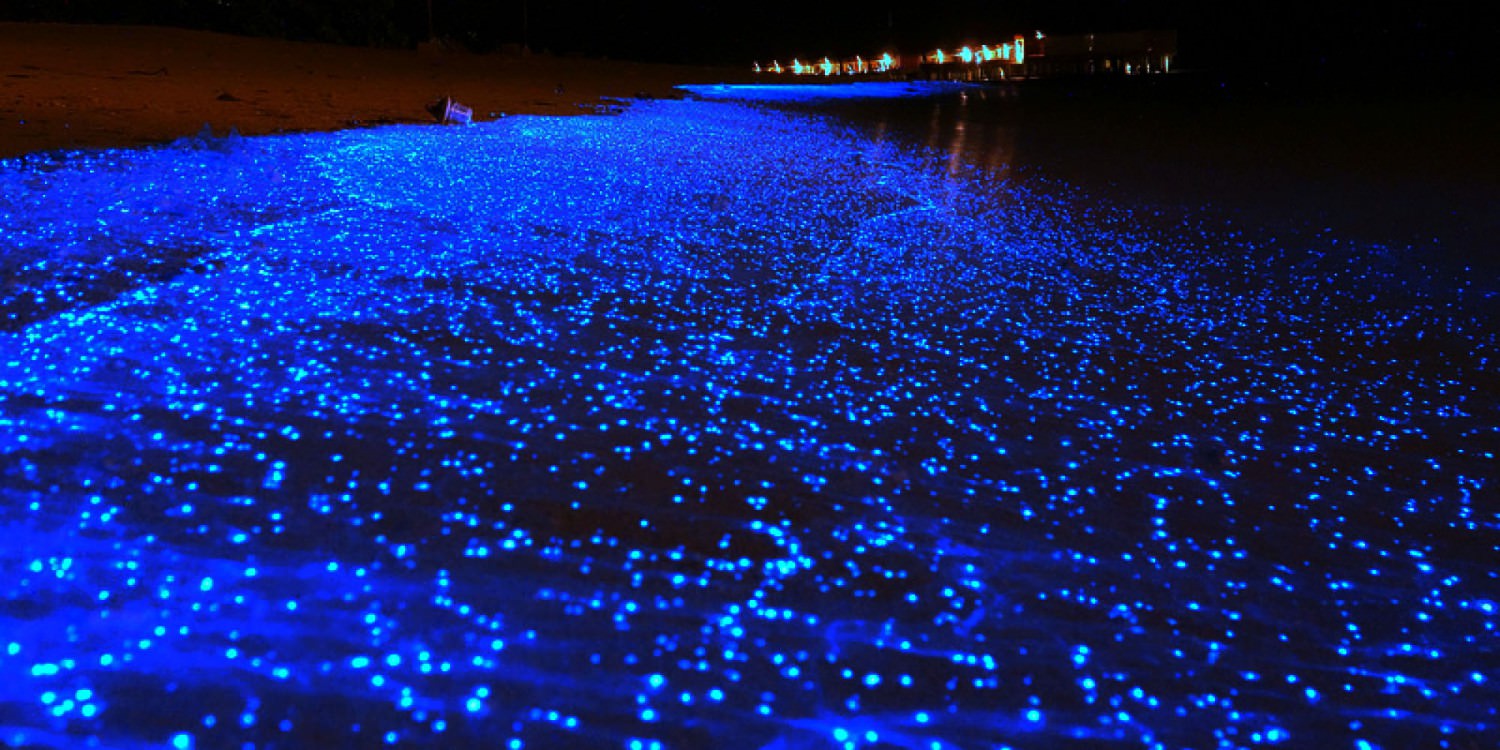
14) Pamukkale, Turkey
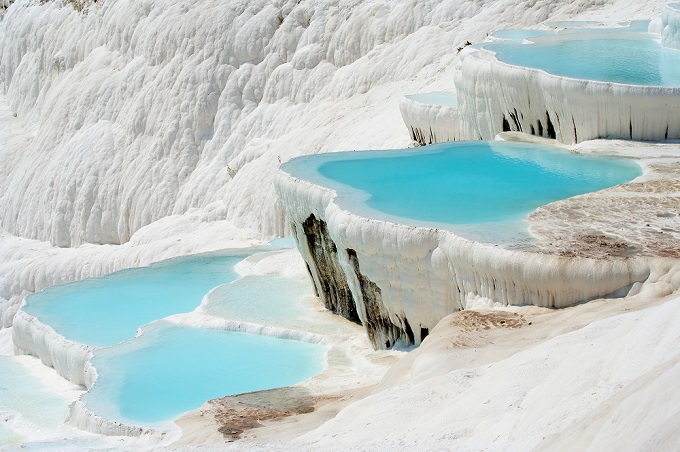
These glorious hot springs and travertines (terraces subsisting of carbonate minerals left by the once flowing water) in southwest Turkey are so enticing that tourists now have to be kept away to preserve the sites natural beauty. However, the ancient Greco-Roman city of Hierapolis, which was built on top, can be seen from the hills opposite.
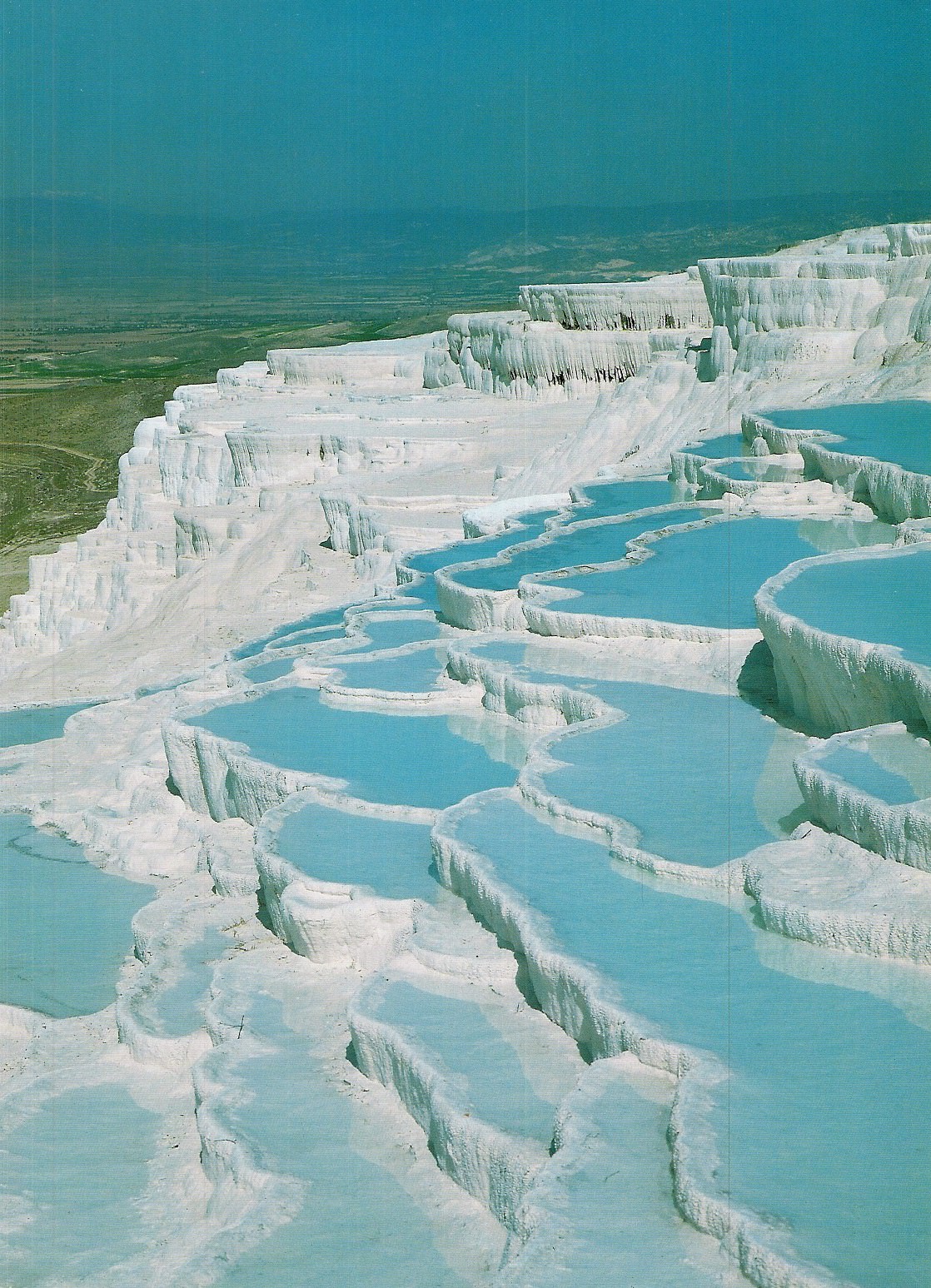
13) Cenotes of Yucatán Peninsula in Mexico
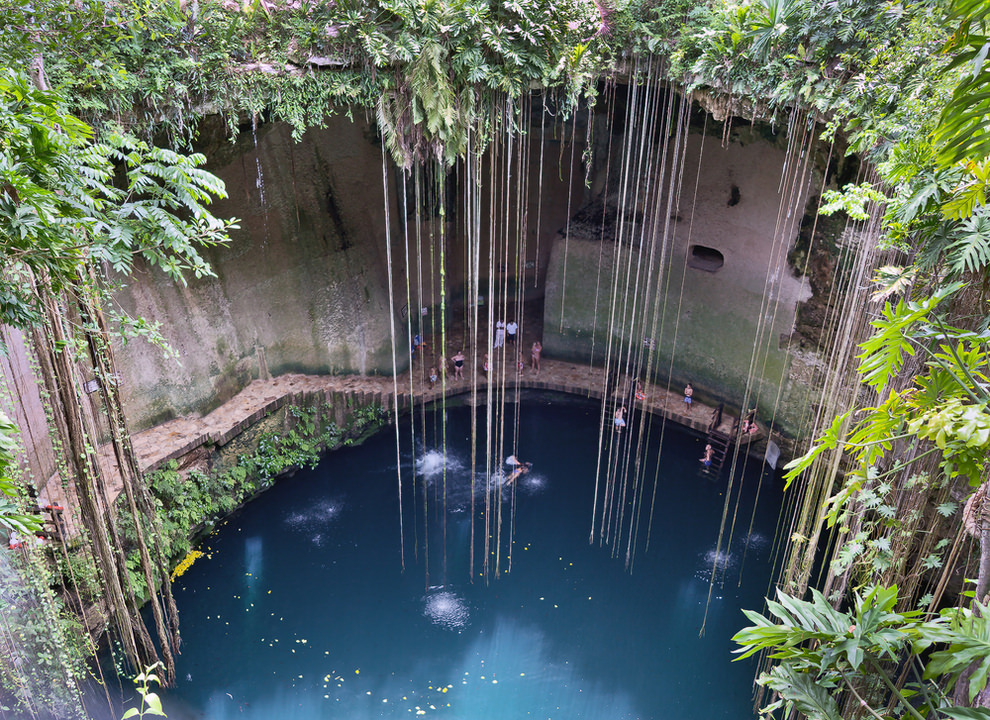
Meaning ‘sacre well’, Cenotes are naturally formed swimming holes created by the collapse of porous limestone bedrock. These pools are filled with water filtered by the earth, making them so clear you can see right to the bottom. Ancient Mayans believed cenotes were spiritual wells where they could communicate with the Gods, and built villages around them.
12) Glass Beach, Fort Bragg, California
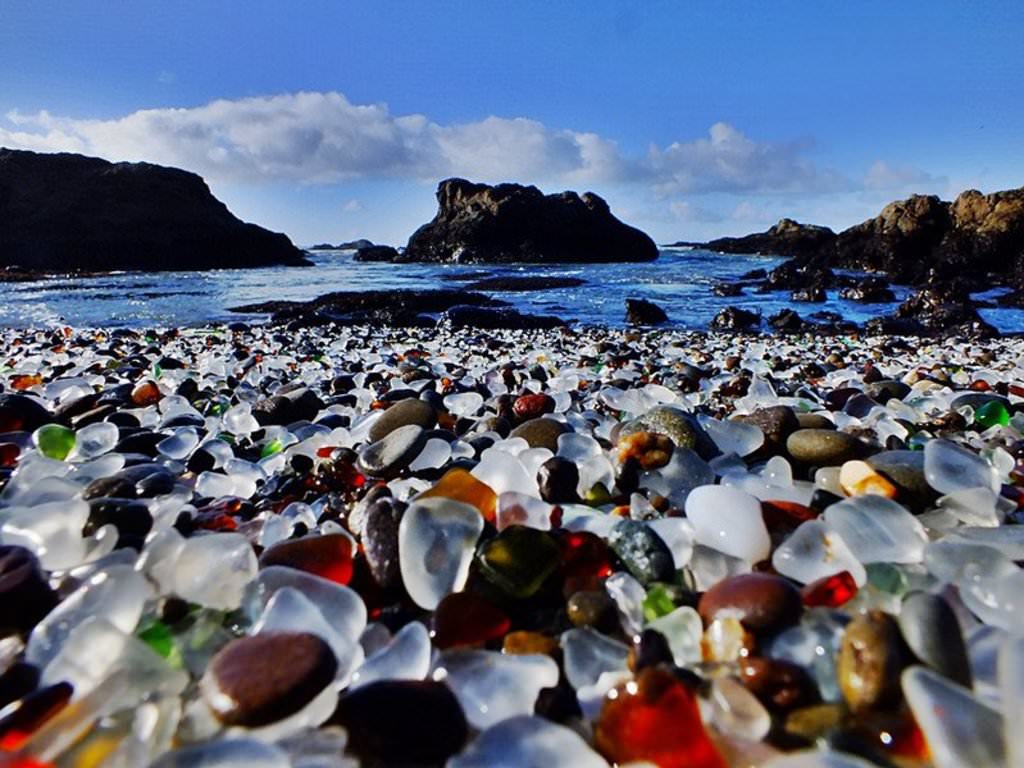
It’s hard to believe this that between 1949-1967 Fort Bragg residents used Glass Beach as a dump site for plastic, glass and appliances. When the site closed down various clean-up programmes attempted to repair the damage, and over-time the waves broke down the glass and pottery into small, smooth pebbles; transforming it into the eye-catching location it is today. So, although not technically a hundred percent natural, Glass Beach is still a beautiful and unique site, and not to be missed when visiting the MacKerricher State Park of which it is now a part of.
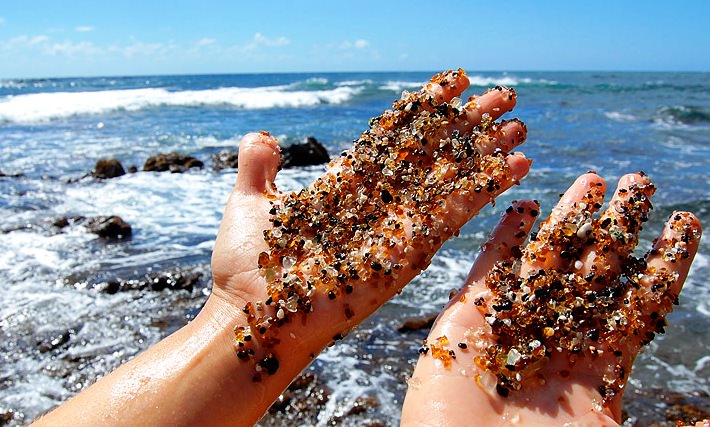
11) Ha Long Bay, Vietnam
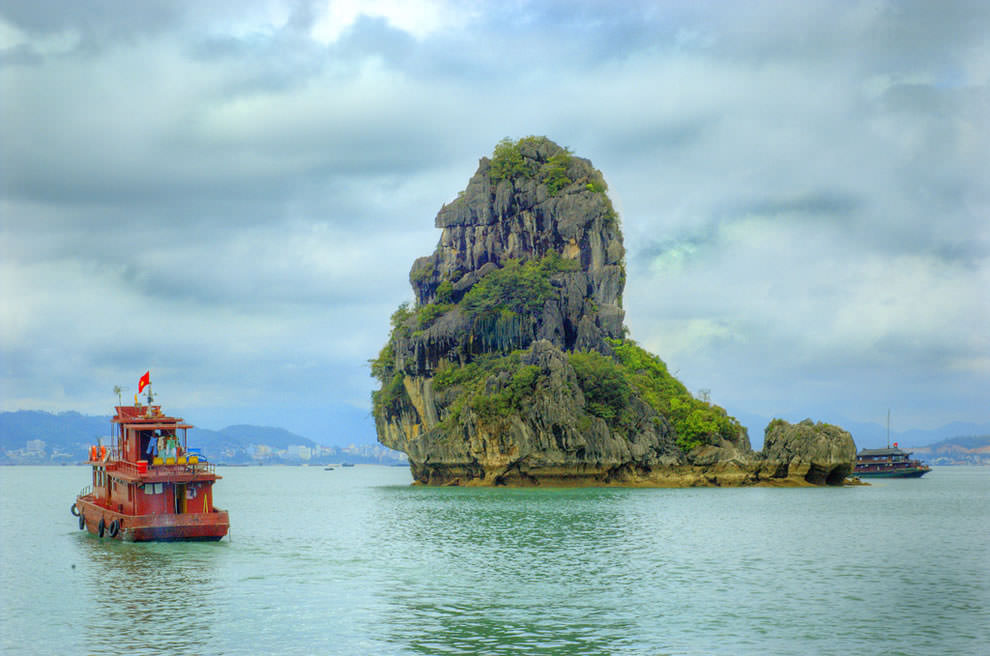
Ha Long Bay in northwest Vietnam is not only known for its emerald waters, but also for its thousands of limestone islands named after things they resemble. For example ‘Stone Dog’ and ‘Teapot Islands’. Each is topped with a rainforest, and as well as boat tours the area attracts scuba divers, hikers and rock climbers.
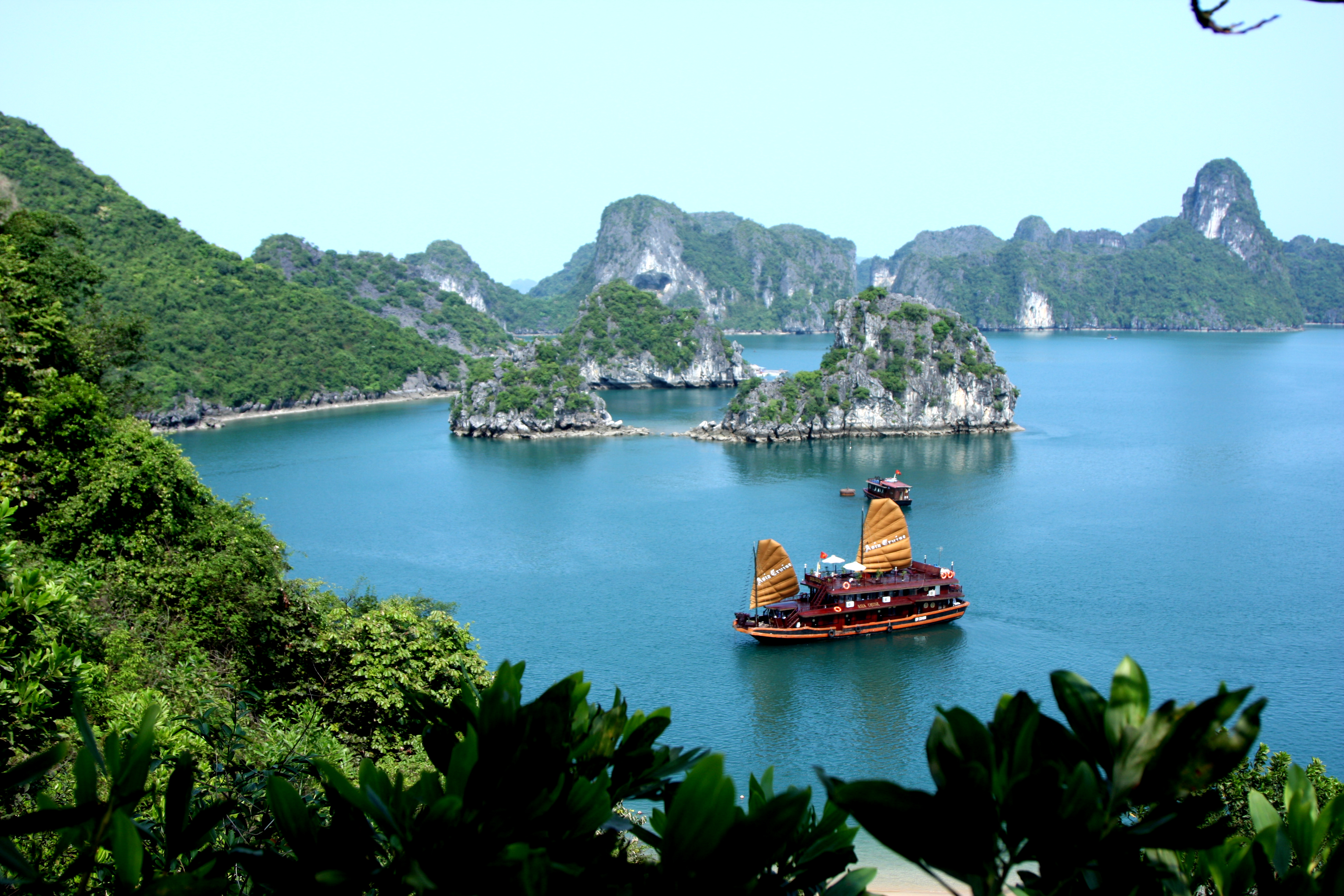
10) Marble Caves at General Carrera Lake in Patagonia, Argentina
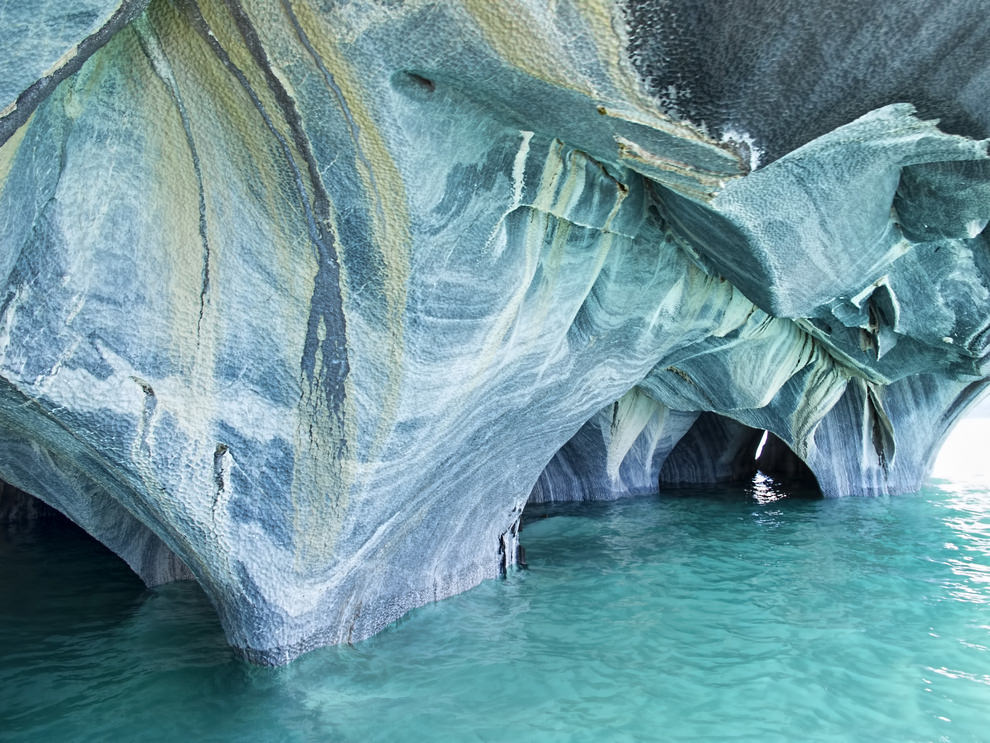
Located at the centre of General Carrera Lake, the marble caves were gradually formed by waves over the past 6000 years.
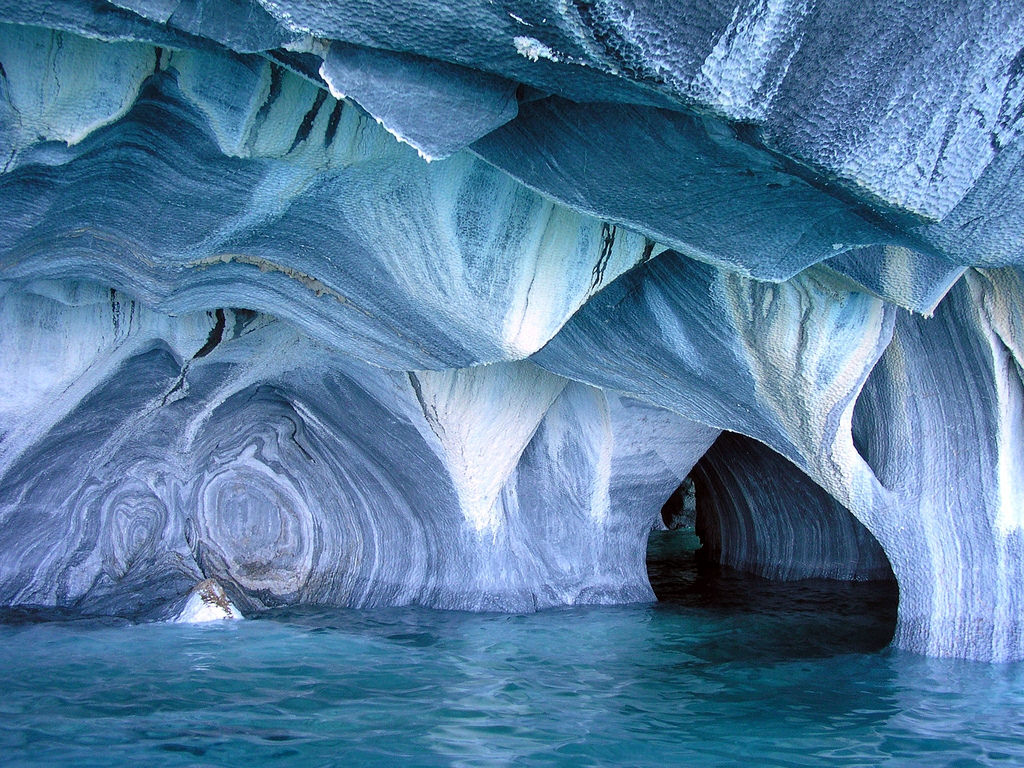
9) Moeraki Boulders, New Zealand
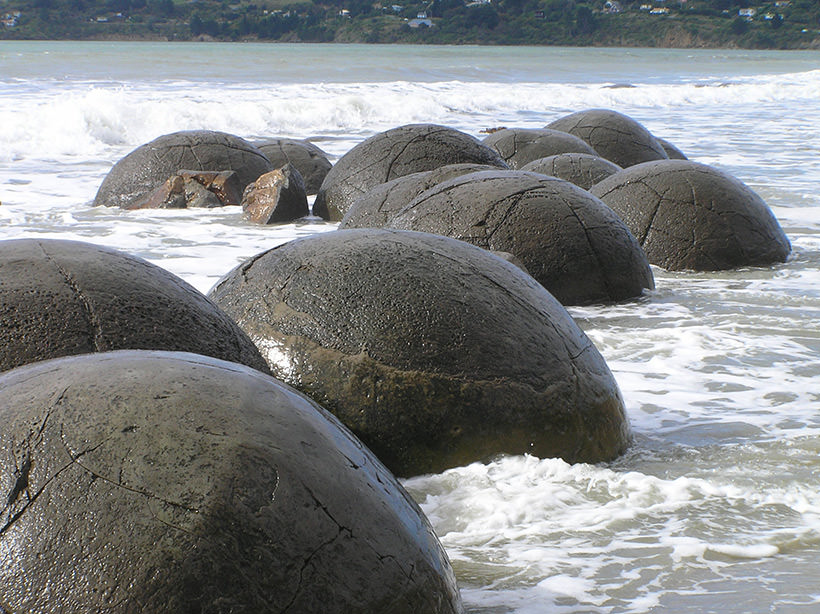
Lying along a stretch of the Koekohe Beach on the south coast of New Zealand, these boulders are admired for their unusually large size and spherical shape.
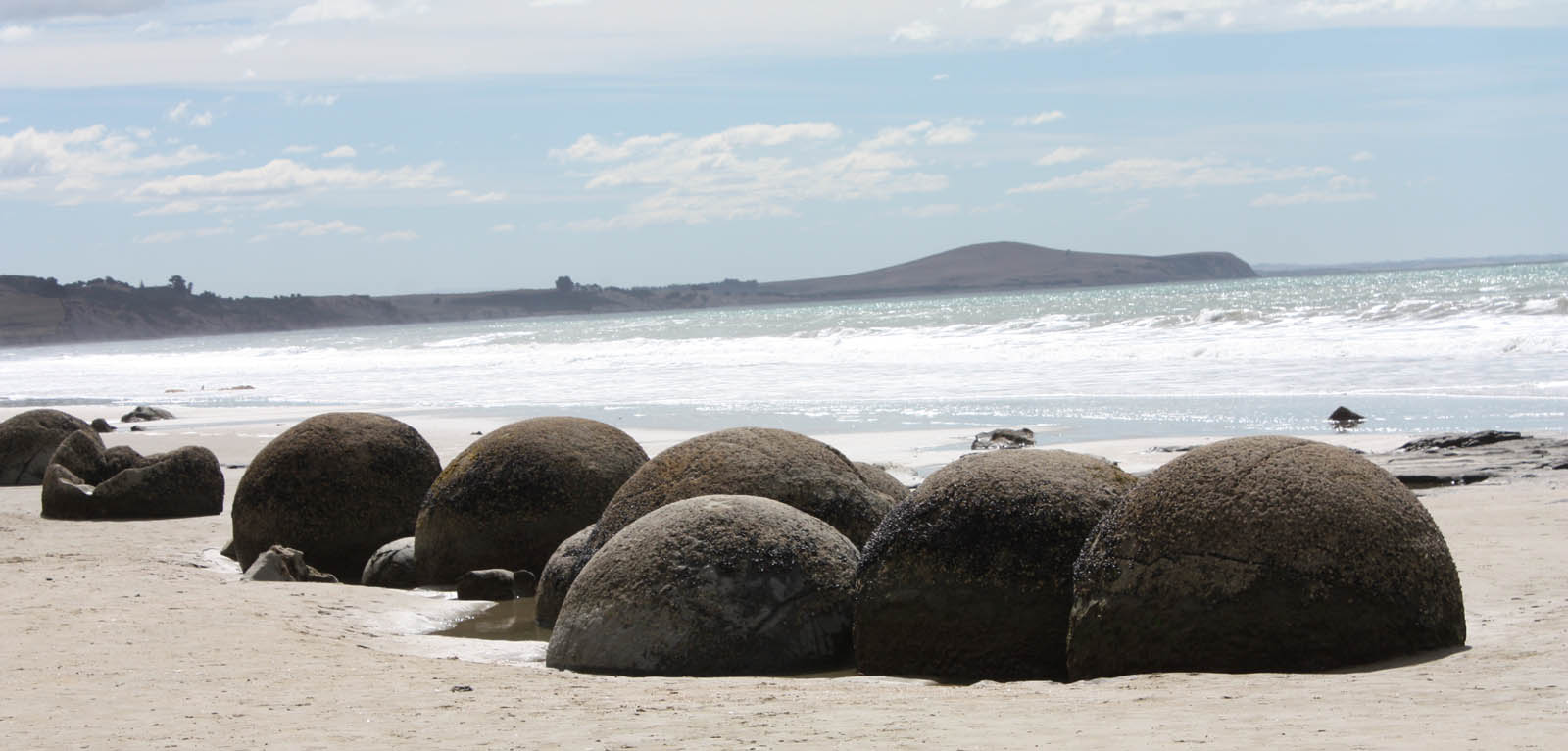
8) Lake Retba, Senegal
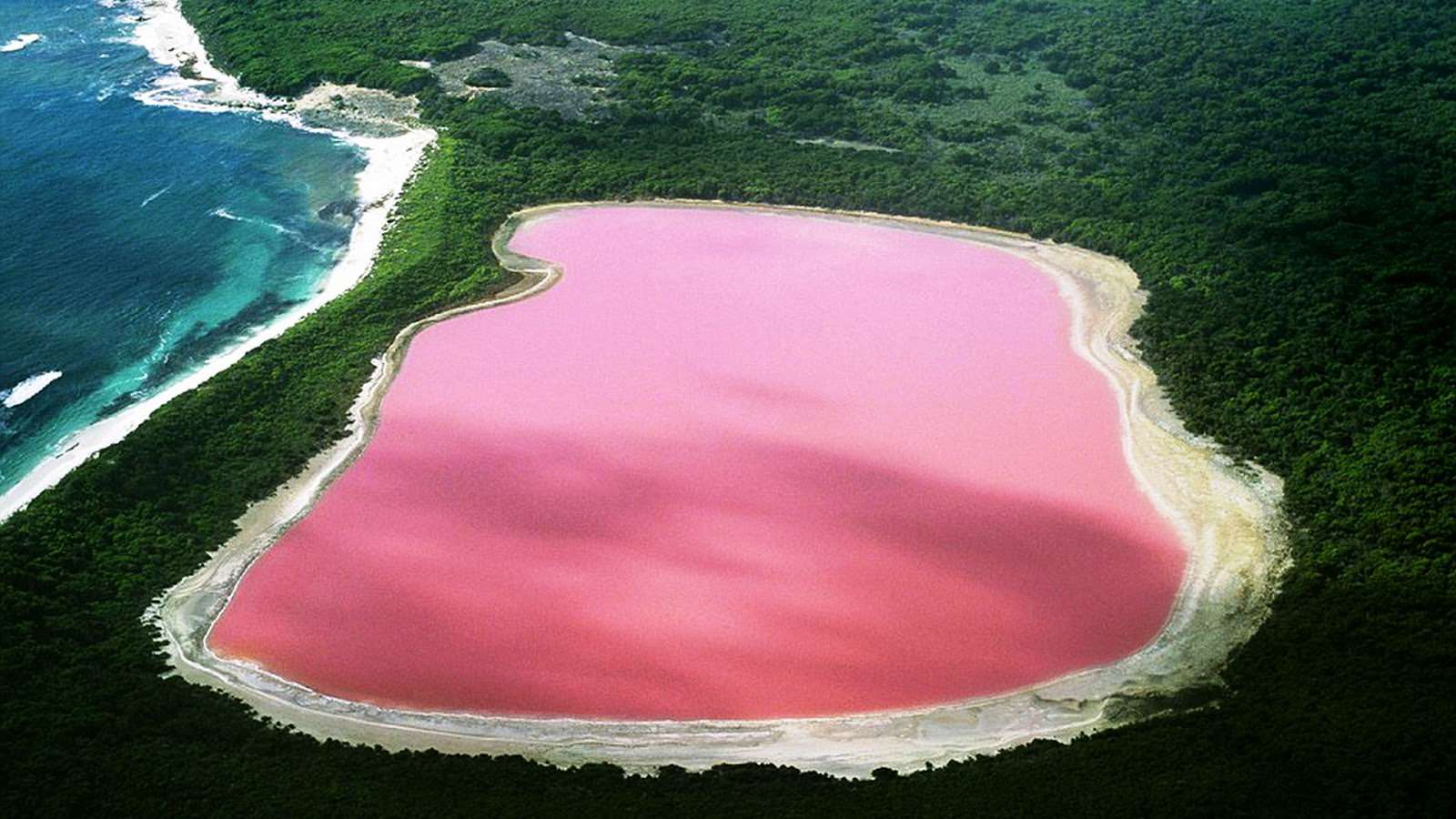
Also known as Lac Rose (pink lake), Lake Retba can be found in Senegal, northwest Africa. The unusual pink tinge is caused by Dunaliella salina algae, and it’s high salt content which like the Dead Sea, causes people to float.
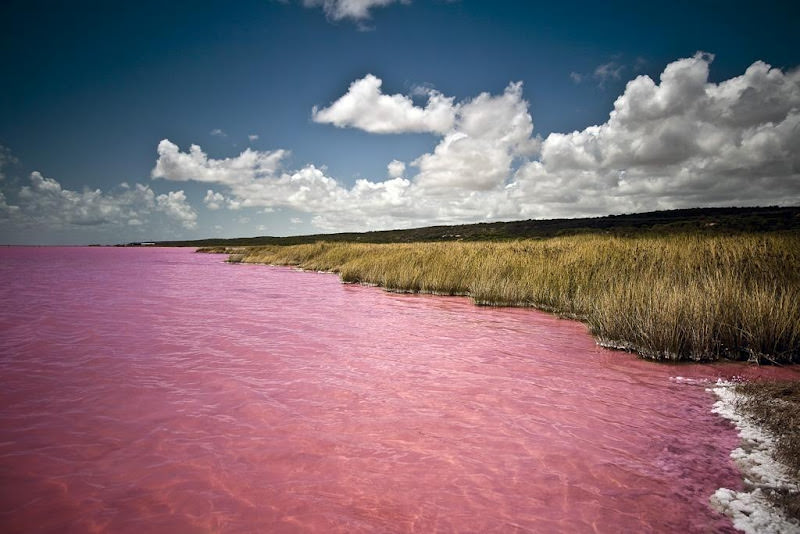
7) Spotted Lake, Canada
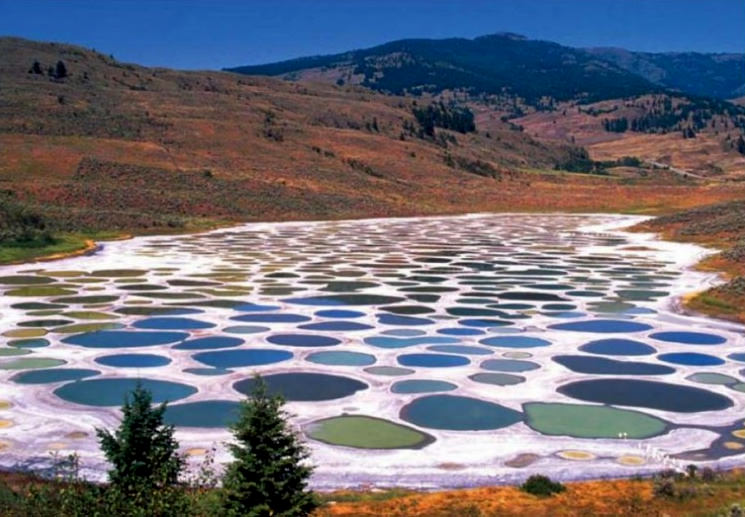
Another lake with a quirky twist. Due to its rich concentration of minerals, when the majoirty of the water evaporates over the summer little pockets of various colourful compositions appear on the lake (hence the name).
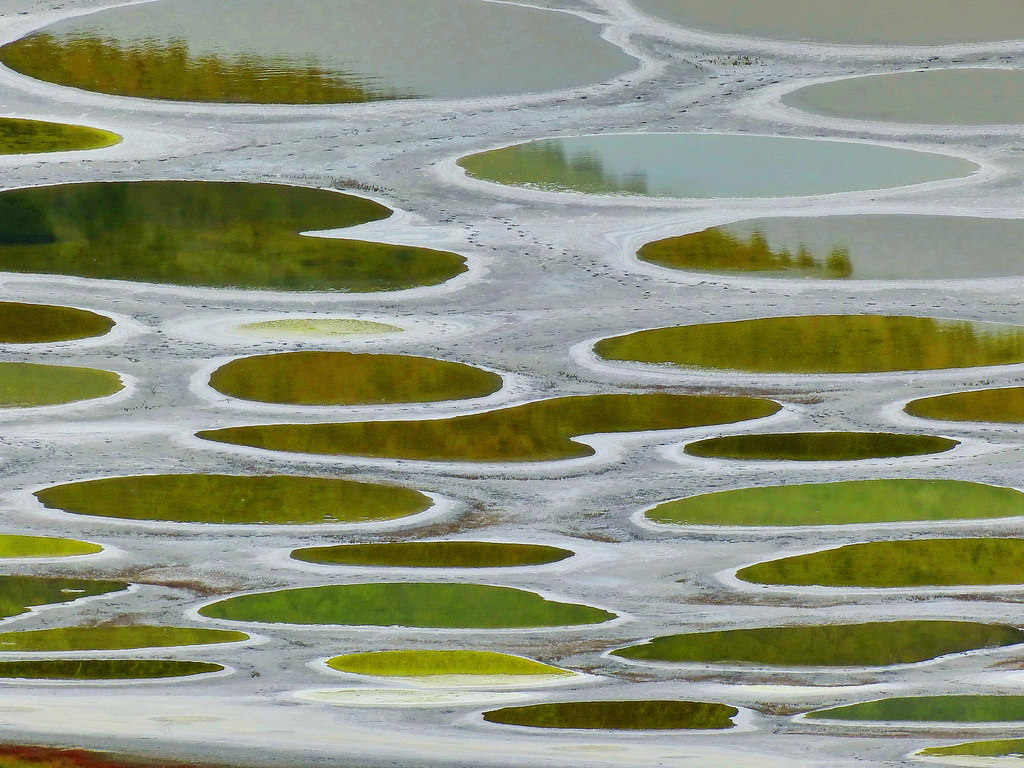
6) Zion National Park, Utah
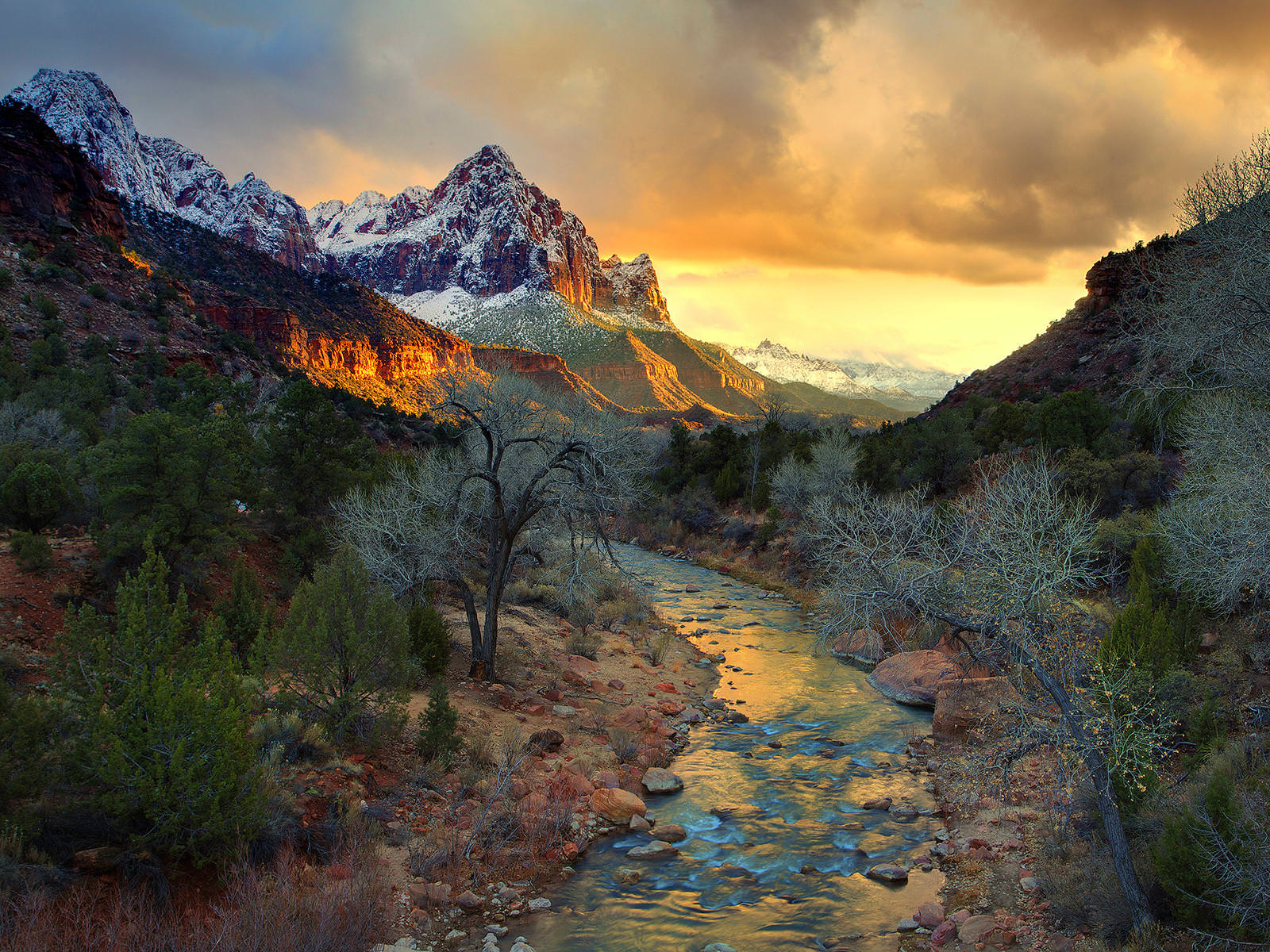
Located in the southwest of the USA, Zion National Park is known for its red sandstone canyon, which 15 miles long and half a mile deep.
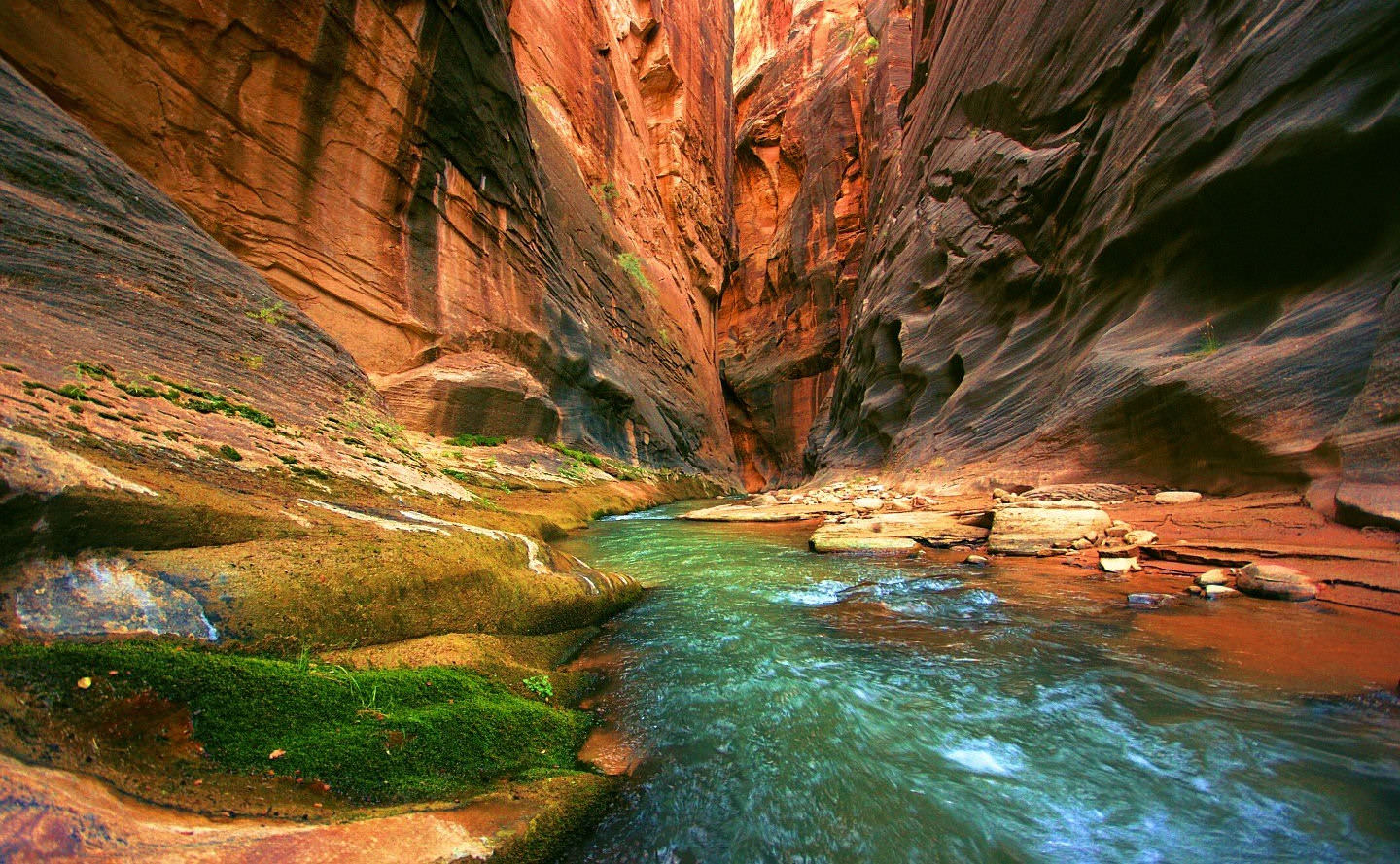
5) Salar de Uyuni
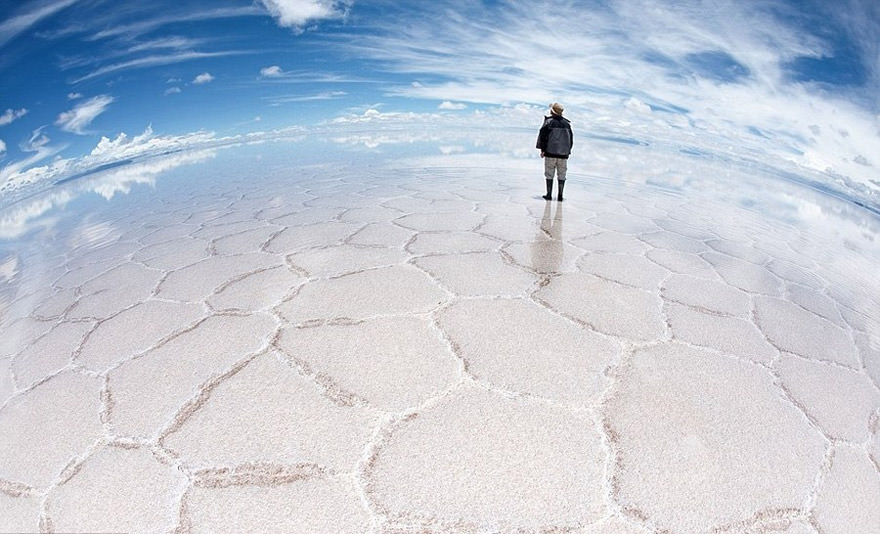
Salar de Uyuni is the world’s largest salt flat, located in southwest Bolivia. A massive 4,086 square miles, this phenomenon was formed when a larger prehistoric lake dried up and left his salt pan or ‘salt dessert’. It is described as one of the world’s natural mirrors, as the ground becomes reflective if a thin film of water gathers on top.
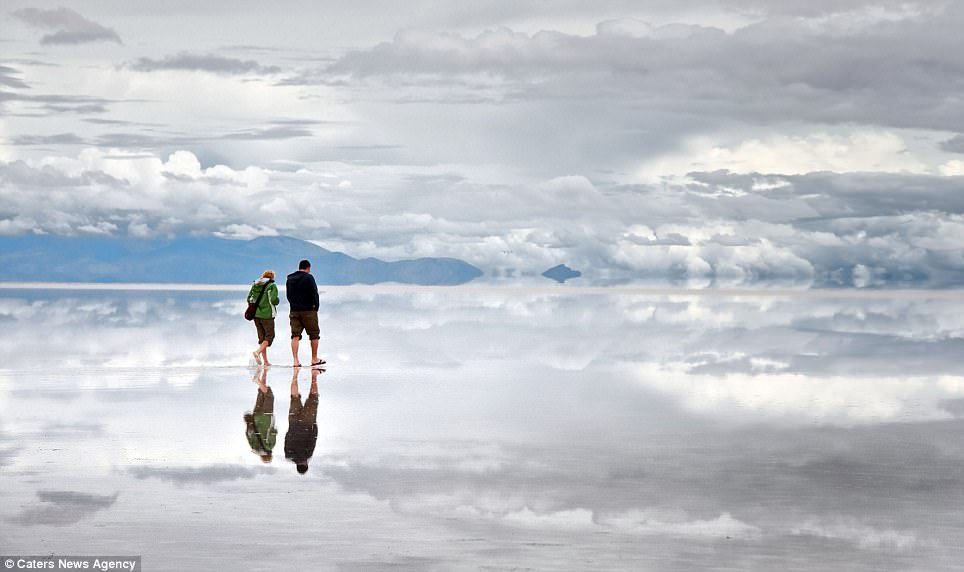
4) Moraine Lake, Canada
So perfect it could be a screensaver, Moraine Lake is situated in the Valley of Ten Peaks, Canada. As it is glacially fed, it doesn’t reach it’s full height until July, when it begins to refract of the rock flour that continuously falls into it’s depths and turns a distinct shade of blue.
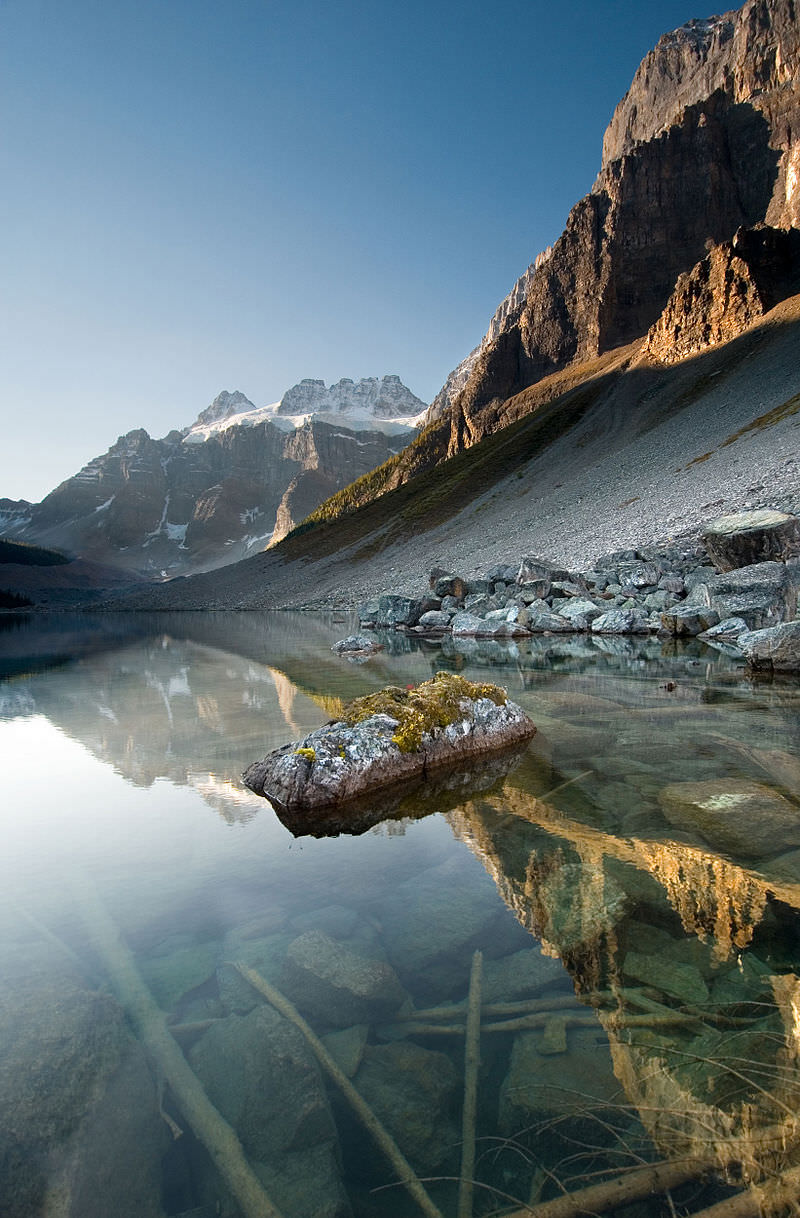
3) Red Beach, China
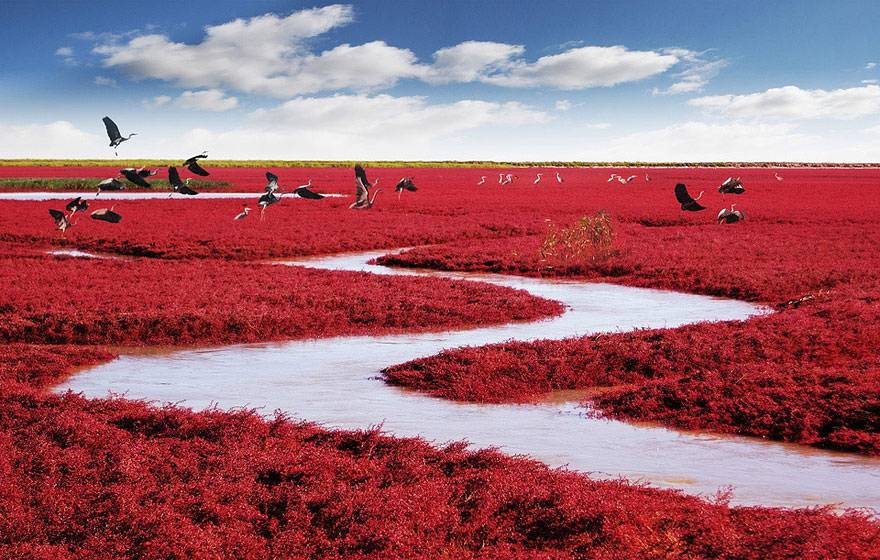
Rather than sand, this beach in Panjin, China is covered in a type of seaweed called Sueda, which is green in the spring and summer months but turns red in the Autumn.
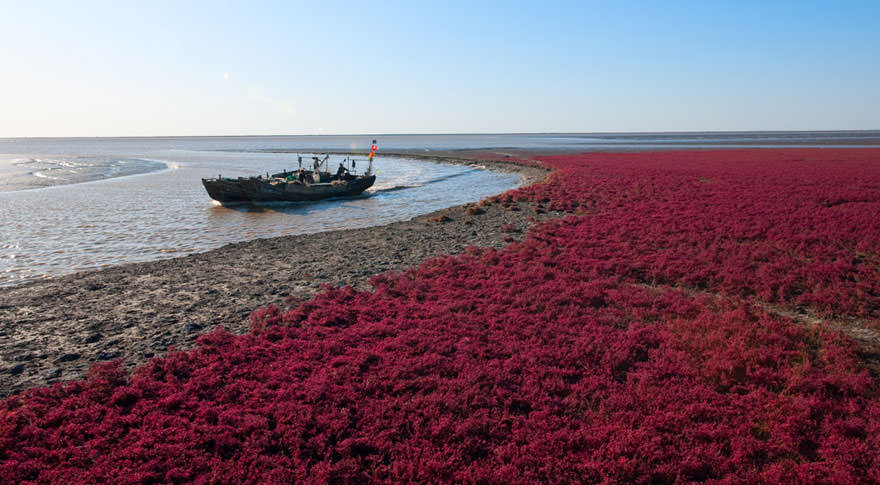
2) Lady Musgrave Island, Australia
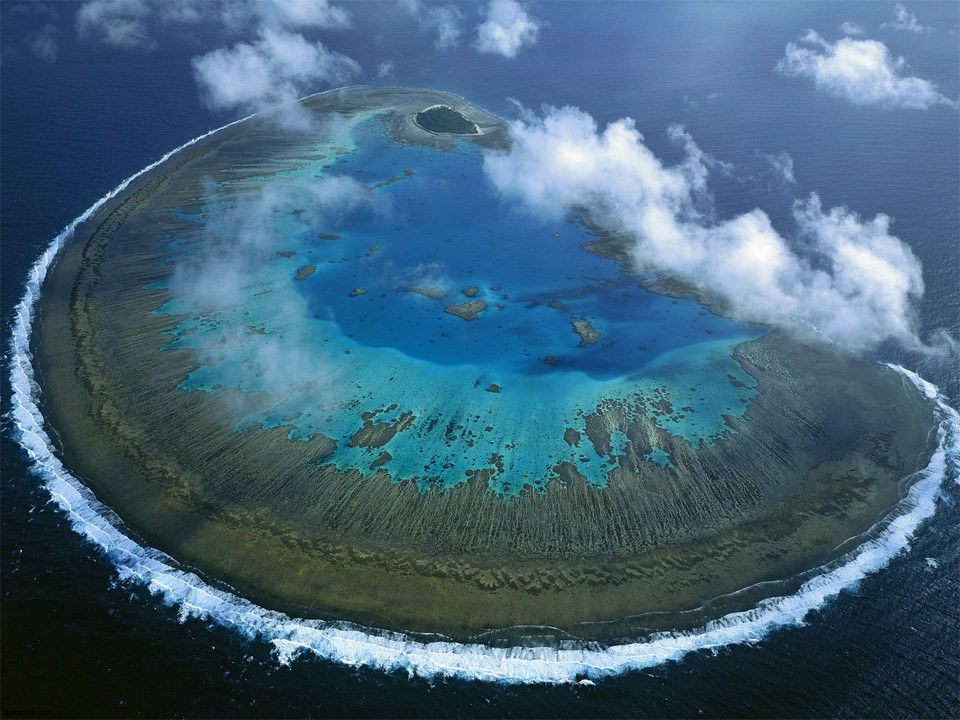
Lady Musgrave Island is 35 acres of coral cay located on Australia’s Great Barrier Reef, surrounded by a further 2,950 acres of coral. Named after the wife of Sir Anthony Musgrave, a colonial governor of nearby Queensland, it is the second largest island in the Great Barrier Reef chain.
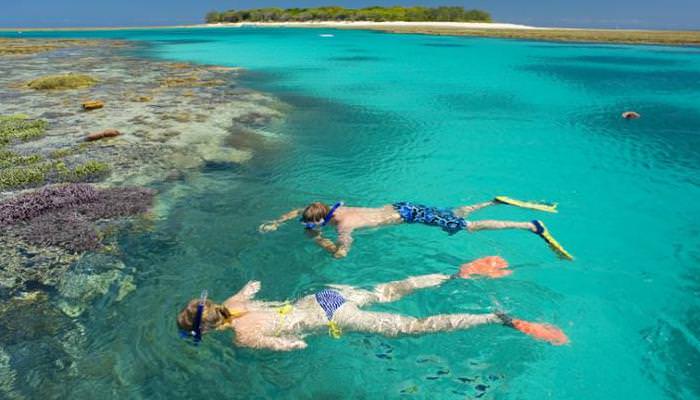
1) Takinoue Park, Japan
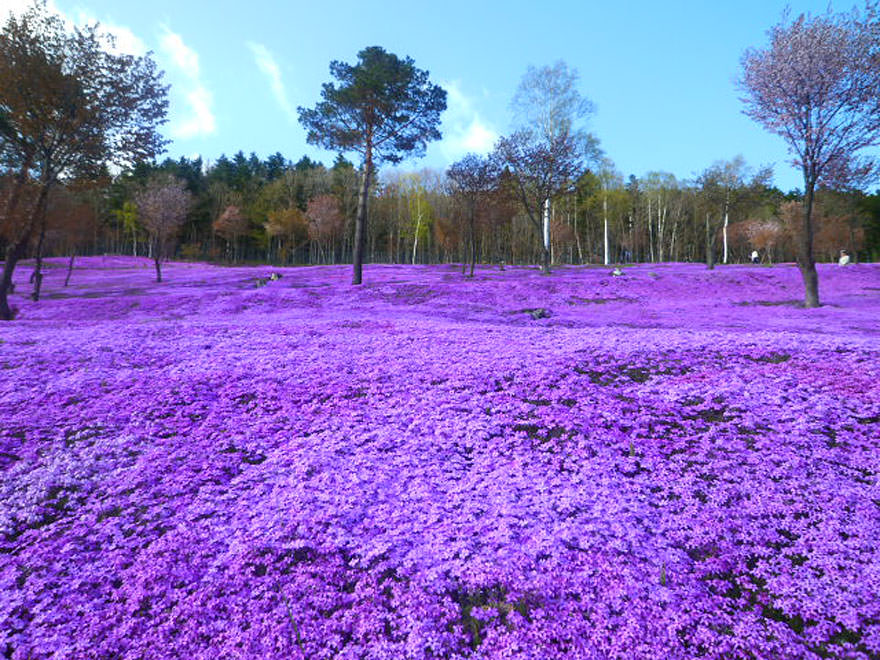
Located near the hillside town of Takinoue, this park is popular picnic spot (for obvious reasons). Shibazakura Flowers cover 100,000 square metres of the hillside every spring, drawing a crowd from far and wide. Aficionados say the best time to view the flowers is from mid May through the beginning of June, and if you find one with more than five petals it’s said to be good luck!
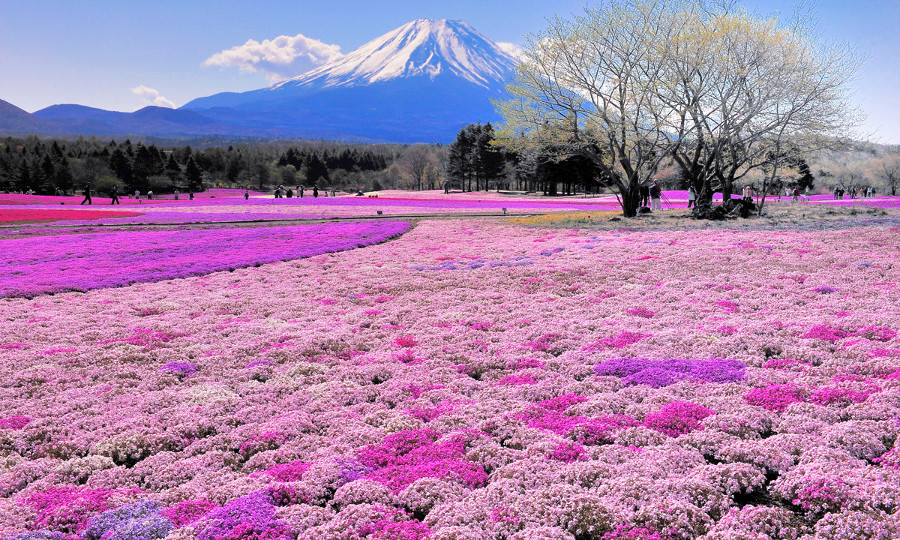
Which spot was your favourite?
